Miscellany Mondays: A Christmas Carol
For those of us who celebrate Christmas, carols and other festive music make up a big part of the celebration. But did you know that one of our favorite carols has music composed by an Andover native?
Welcome or welcome back to History Buzz! If you’re a subscriber to the Buzz, thank you! If you’re new here, or you haven’t become a subscriber yet, please sign up for a subscription to have History Buzz delivered directly to your inbox.
How about a gift subscription for the history lover in your life?
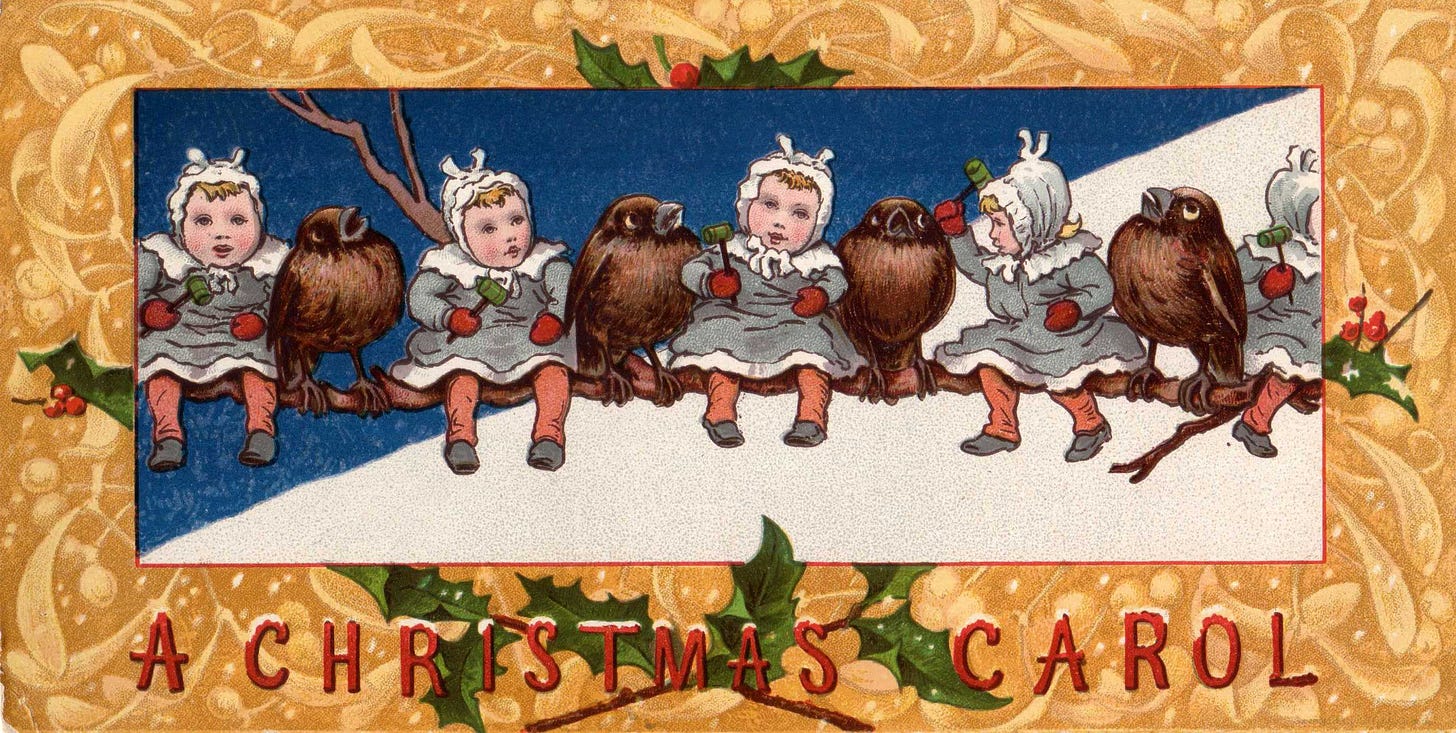
Composer James Ramsey Murray was born in Ballardvale, one of the villages which make up Andover, March 17th, 1841. His parents Walter and Christiana Murray were recent immigrants to the country having left Hawick, Scotland directly after their marriage in 1840. Many of their countrymen had come over to Andover to work in the new mills and Walter was no exception working as a wool spinner in Ballardvale. While some of Murray’s younger brothers and sisters followed their father into the woolen industry, Murray himself chose a different path going to work for the Tyer Rubber Company.
The family were members of the Union Congregational Church in Ballardvale, Walter and Christiana joining soon after its founding in 1855. Murray and his future wife Isabella Taylor (they would marry in 1868) both joined in November 1860. It was here that the Rev. Henry Greene gave James his first music lessons.
After ill health caused him to quit his job at Tyer Rubber, Murray attended the Musical Institute at North Reading from 1856 to 1859 to continue his music education. A music book, The Sabbath Bell, by George F Root, is in the collection of the History Center and dates from this time. The inscription inside, dated 1856, lists the names of both James Murray and the of his cousin Thomas Winthrop, also of Ballardvale.

George R Root was one of the teachers at the Musical Institute. He would become a successful composer during the Civil War era and beyond, his most well-known songs being Tramp Tramp Tramp and the Battle Cry of Freedom. Root and Murray would become lifelong friends, the latter naming his son Winthrop Root Murray after his teacher.
Murray served during the Civil War, joining the 1st Massachusetts Heavy Artillery in July of 1862 along with his cousin Thomas Winthrop. The two would write one of the biggest songs of the war years Daisy Deane, with Winthrop writing the lyrics and Murray the music.
In 1869 Murray moved to Chicago, working as an editor in the music publishing business of his friend George R Root, Root and Cady. However, he did not forget his hometown and church sending this back for the children of the Union Sunday School, Christmas of 1869.
The Murrays’ stay in Chicago was cut short by the great fire of October 1871 with both their home and workplace destroyed. Their return was noted in the Lawrence American and Andover Advertiser Newspaper. The same edition also lists those contributing to the relief fund organized in the town for the fire- over $5000 was raised together with collections of clothing and bedding. The Murrays themselves were not forgotten, part of the weekly collection at Free Christian Church was given to them directly.
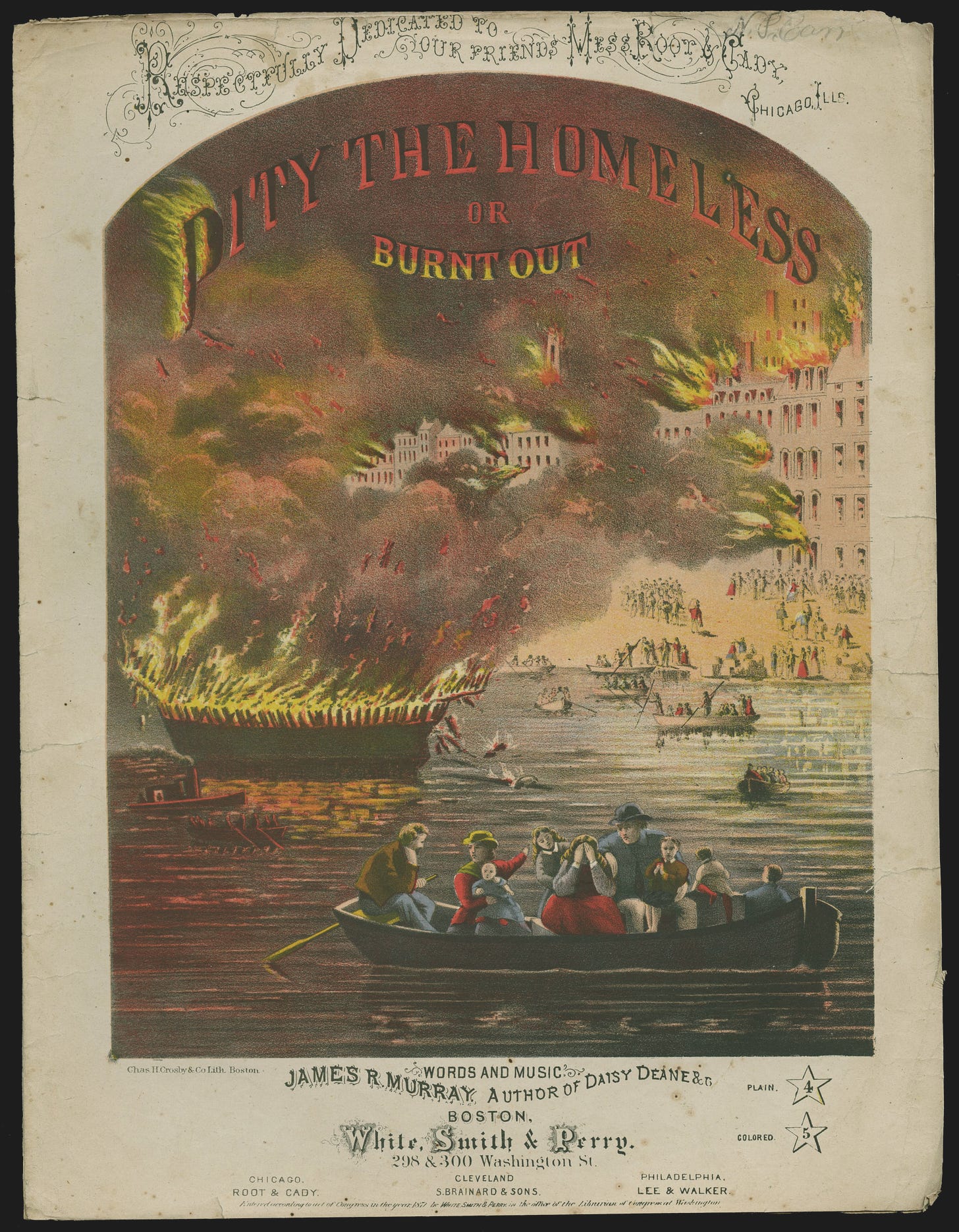
On his return to Andover, Murray opened singing schools- one in the vestry of South Church, another in Frye Village. He later taught music at Punchard Free School and was the organist at South Church.
During this time Murray continued to compose and to edit music publications, mostly hymnals for use by Sunday Schools and churches. These include Pure Diamonds- a Choice Collection of New Words and Music published in 1872.
Between 1880- the census for that year return shows James, Isabella and their one-year-old son Winthrop living in Andover- and 1882 when James R Murray is listed in the Cincinnati Ohio directory as the editor of Church’s Musical Visitor, the family move to Cincinnati, Ohio where John works for the John Church Company editing their music publishing.
Murray continues to compose during this time and writes what is probably his most well-known and lasting legacy- a setting of the carol Away in a Manger, published in 1887 in the book Dainty Songs for Little Lads and Lassies.

In the book Murray erroneously attributes the writing to Martin Luther. This is incorrect although the exact origin of the lyrics is unclear. Note that this version of the carol has only two verses, today’s version has three. Today, Murray’s setting is known as Mueller.
But this composition is not the only contribution that Murray made to our Christmas music. School Chimes edited by Murray in 1874 contains Murray’s music for the Christmas song Jolly Old St Nicholas with lyrics adapted from an 1865 poem by Emily Huntington Miller.
Murray died in Cincinnati, Ohio in 1905 and is buried in the Spring Grove Cemetery in Cincinnati. It is interesting to note that Andover also has a Spring Grove Cemetery - the final resting place for Murray’s parents Walter and Christiana.
James Ramsey Murray was a prolific composer and editor of music books- best sellers back in the day. But today, except for Away in a Manger and Jolly Old Saint Nicholas, his work is largely forgotten. But I hope that next time you hear either of these tunes you remember the lad from Ballardvale.
Happy Holidays!
Do you have memories of singing songs related to your winter holiday tradition? Maybe Christmas carols, Hanukkah songs, songs celebrating Three Kings Day or Kwanza, or your traditional winter holiday? There’s something about music and singing together during the darkest time of the year that brings us together.
Thanks for reading!




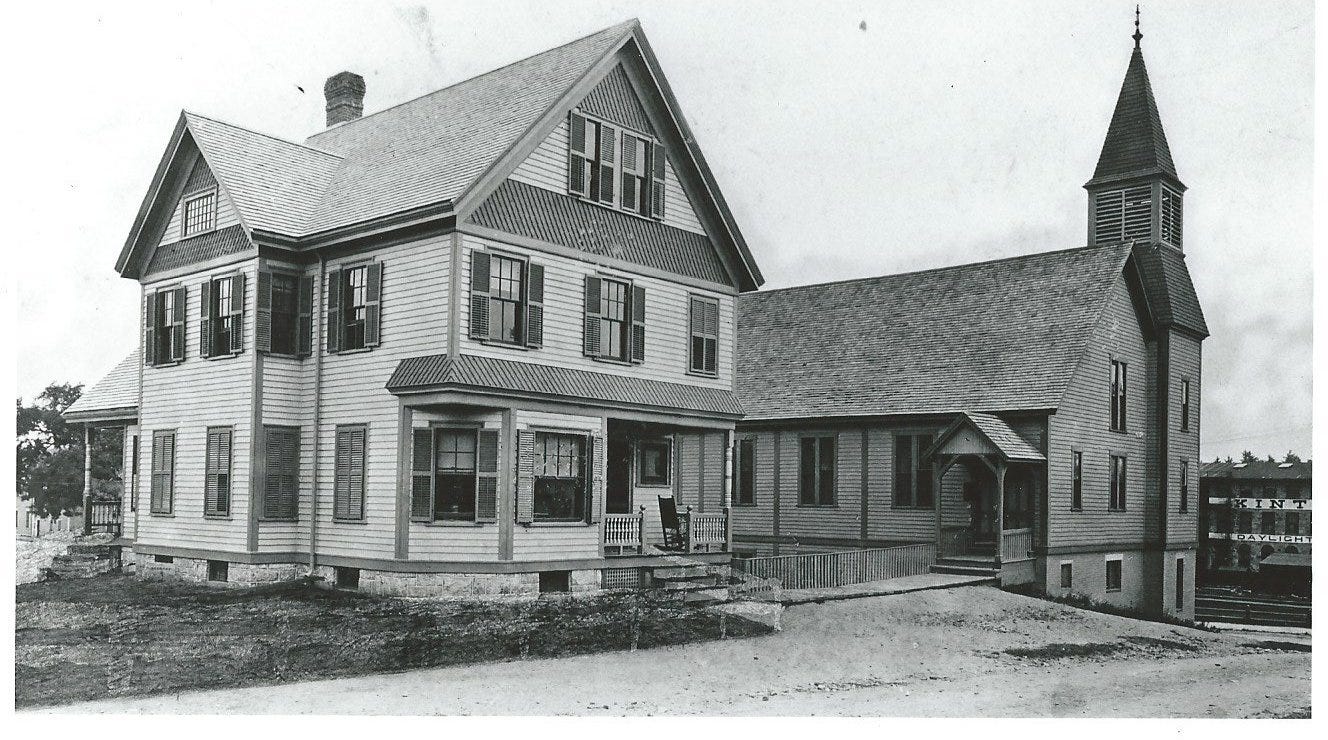



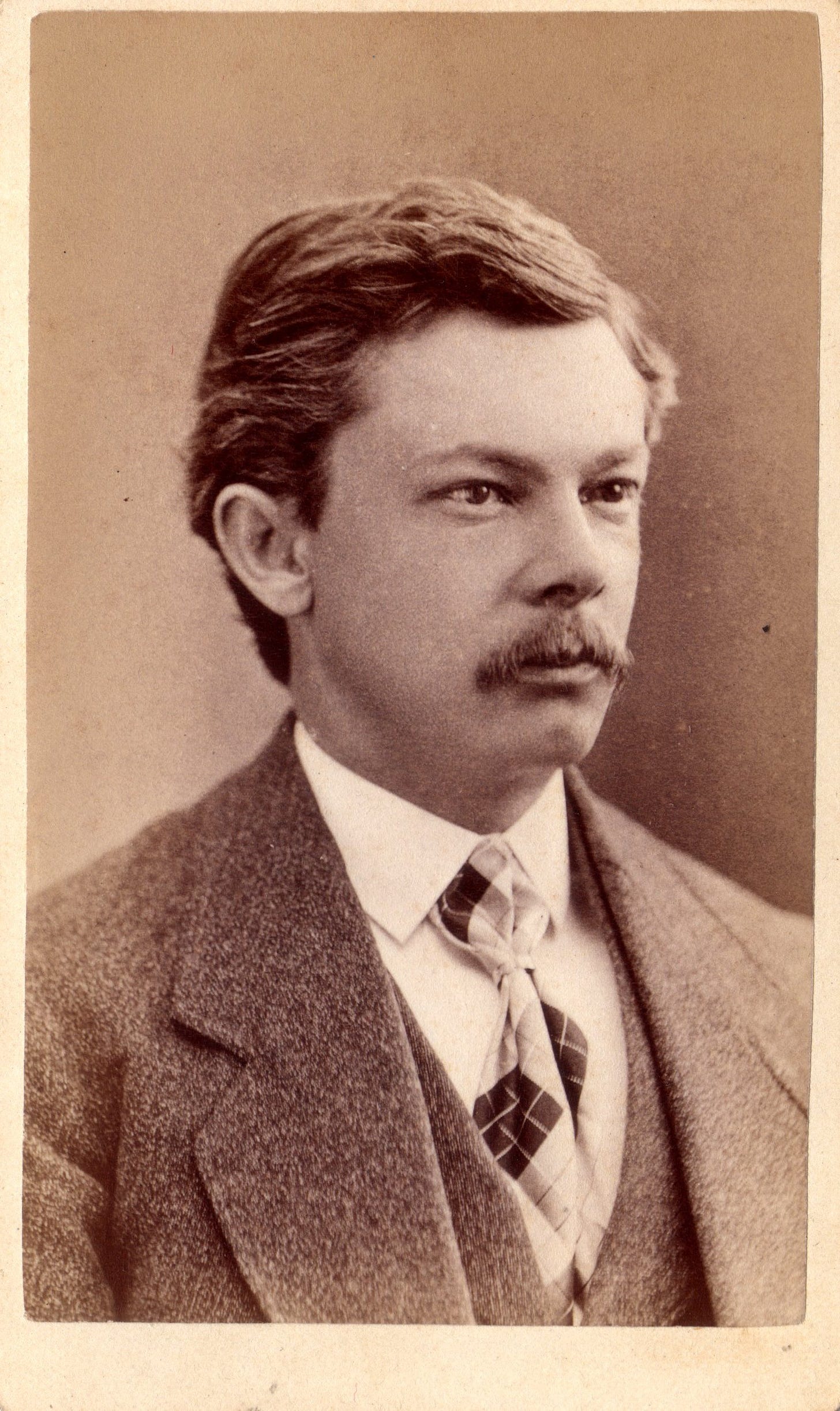


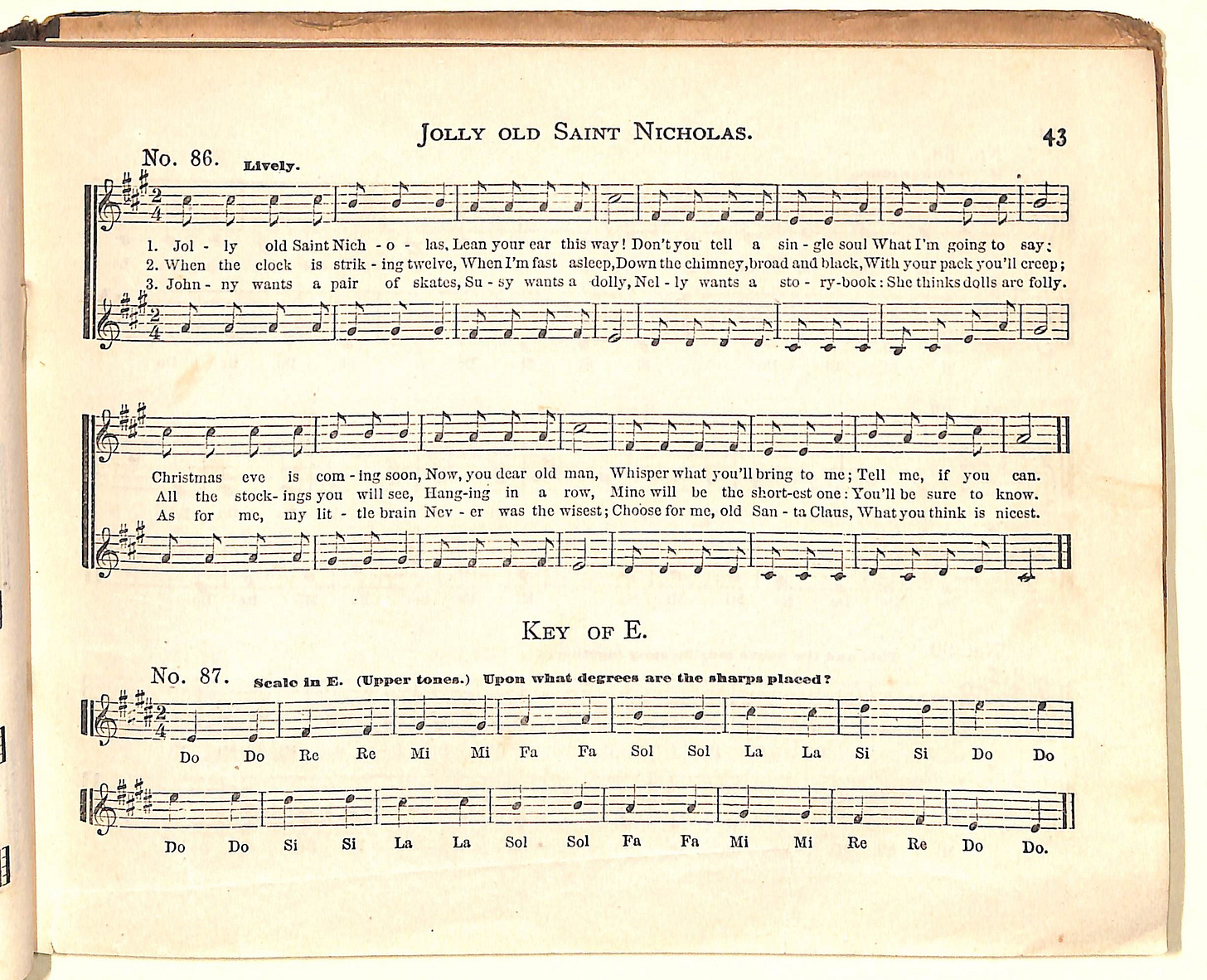

Beautifully written, researched and illustrated gem of hidden history for this season!